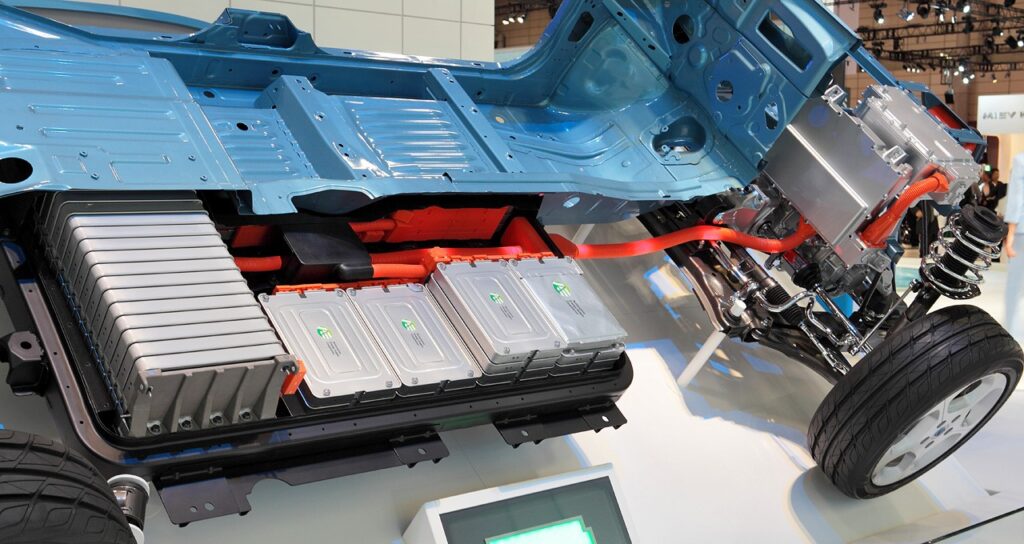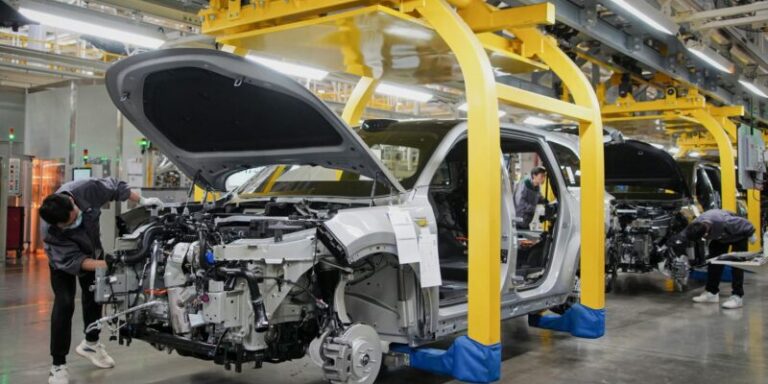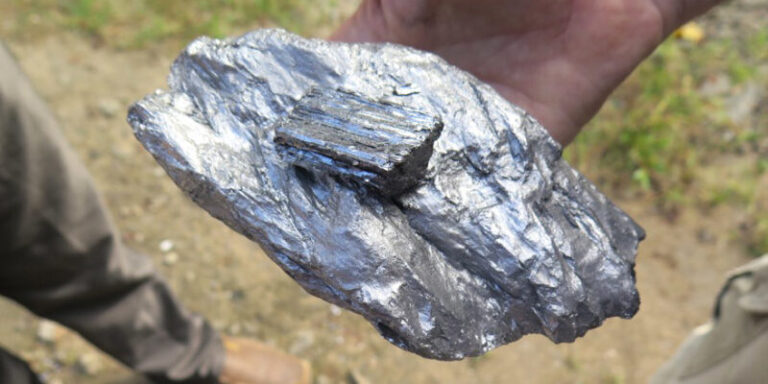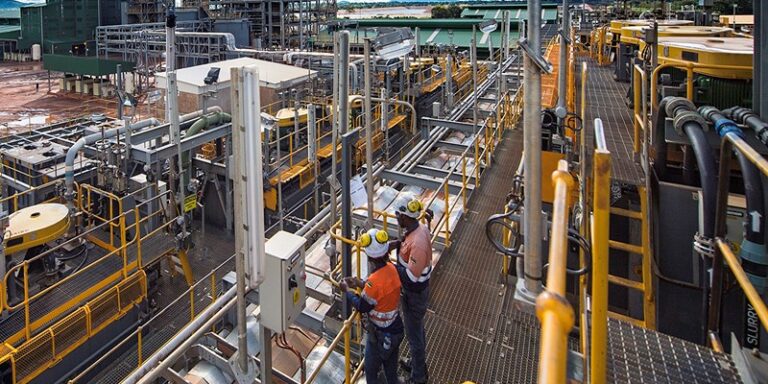
In July, the world’s largest electric vehicle battery maker, CATL, announced the coming end to extreme cold wreaking havoc in the world of EV ownership.
Wu Kai, CATL’s chief scientist, said the company had developed new electrolyte materials that will greatly improve the charging efficiency of current battery designs, as reported by Reuters.
As EVs become increasingly popular, new owners in cold weather states have had to contend with decreased range as winter grows colder.
This has been one of the main knocks against EVs. A recent study by Consumer Reports, running tests on multiple EV models, found that cold weather saps about 25% of range when cruising on the highway and more when making frequent short trips within the city when the battery needs to work to reheat the cabin.
Another well-known problem among EV owners during winter months is charging time. Cold temperatures slow down the chemical process of battery charging in lithium-ion batteries and cause lithium buildup on key components of the battery, reducing efficiency over time.
But Wu says that’s all about to change. He said that the new batteries could deliver a 50% increase in efficiency in temperatures as low as negative 4 degrees Fahrenheit and a 43% increase in warmer conditions.
On top of addressing cold weather performance, Reuters reported that Wu said CATL will also tackle the issue with range.
He said that by the end of 2023, the company will mass-produce a battery capable of driving just under 250 miles with a 10-minute charge. CATL will then target achieving the same range with only a 5- to 7-minute charge time.
Concerns about range and charge time, particularly in cold weather, have deterred many would-be EV owners from taking the plunge.
But as technology advances, making EVs more reliable, more people will have fewer excuses not to join the EV revolution.
As the planet continues to warm, more EVs on the road will positively impact the fight to curtail the warming, as EVs have a smaller carbon footprint than gas-powered cars, even when accounting for production and the electricity used for charging.








